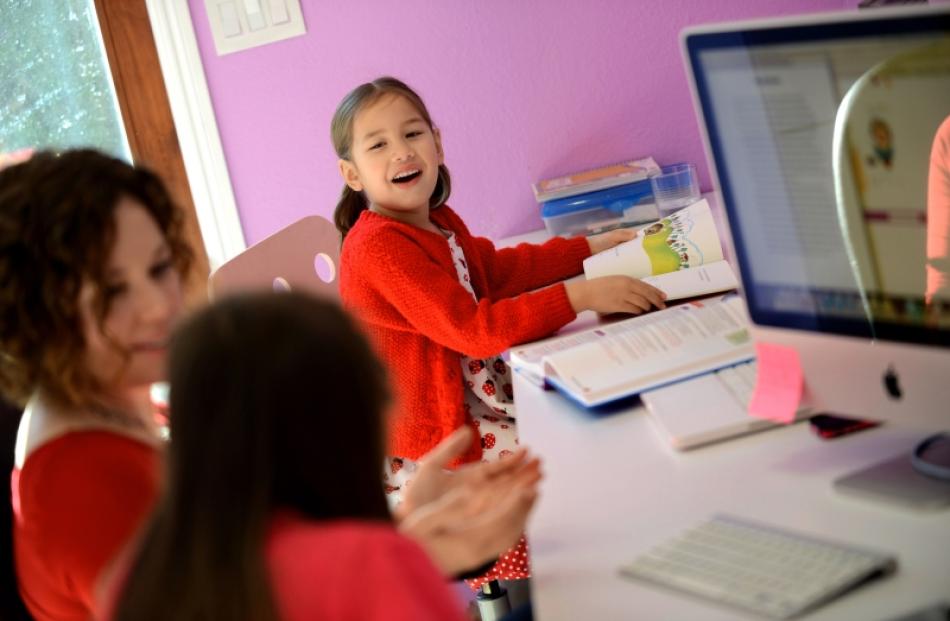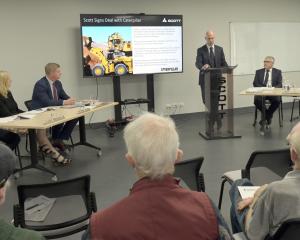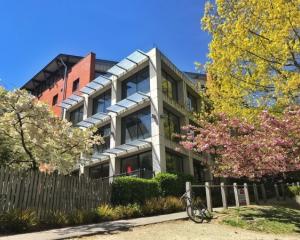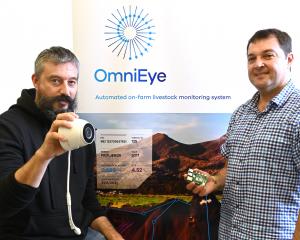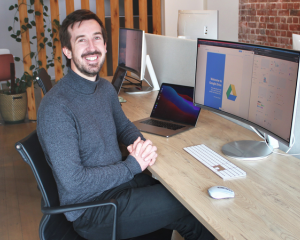While many parents struggle to get their kids out from under the covers, dressed and off to school, Erinn Watson's daughters are always on time for class - even when they sleep in.
Catey and Aiden Watson, of Concord, California, are among the growing number of students across the Unites States getting their education online through virtual public schools.
The Watsons, a Coast Guard family, were unfamiliar with local schools when they moved from Anchorage, Alaska, this year.
"This seemed like the best option, so we decided to go ahead and do it," Erinn Watson said.
But as online K-12 schools grow in popularity, questions abound about accountability, high dropout rates and the ability of brick-and-mortar schools to maintain funding.
"(Online schools) are a big trend in education, but nobody really knows what to make of them yet," said M.D. Roblyer, an education professor at Nova Southeastern University in Fort Lauderdale, Florida, who has studied Web-based schools.
"The opportunity is there. The experience can be as good or better than face-to-face, but the teachers have to be qualified and the students have to be ready to learn online."
The majority of cyberschools, which obtain charter status through local school districts, are publicly funded but privately run, in some cases for profit.
About 14,000 students in the Bay Area enrolled in virtual public programs during the 2010-11 school year, according to the state Department of Education, a 10 percent increase from the previous year.
Many families are drawn to the individualised education available through Web learning, said Mina Arnold, programme co-ordinator for California Virtual Academy, the state's largest network of online schools.
"(Parents) like the flexibility and ability for the classes to adapt to the needs of their child," Arnold said.
The programmes offer an appealing option for parents already planning to home-school their children, taking textbook lessons and transferring them to a computer screen. They're also an attractive option for parents interested in educating their children at home but who may be turned off by the idea of having to form their own curriculum and lesson plans.
Many parents are drawn to the schools' providing of a state-approved curriculum that is structured and overseen by credentialed teachers, said Renee Dodd, a teacher with California Virtual Academies.
Andrea Lim, of San Jose, said she and her husband decided early on they wanted to home-school their children.
The online public school option proved the best bet for providing a well-rounded education, she said.
"It's really helped us bond as a family," Lim said last month, as her daughters, second-grader Madeline and kindergartner Zoe, worked at their computers.
Online learners include actors and athletes with heavy travel schedules, children who stay in their homes because of medical conditions, military families, and students and parents uncomfortable or struggling with the social elements found in brick-and-mortar schools.
Online schools also have a high percentage of high-risk and special-needs students who arrive behind on credit.
The Lims like that they can dictate the pace of the curriculum for their girls, provided they show their teacher they grasp the lessons.
"The students are not held back, or (they) can receive more support where they are struggling," Dodd said. "Being able to work one-on-one is a huge benefit."
Aiden Watson, 10, said she enjoys learning online because she's "not rushed."
"I don't have to worry about time being out," she said.
But Web-based public schools aren't for everyone. Roblyer, the education professor, pointed out that many online students drop out.
Parents must be involved in helping their children learn in the program, but computers, an Internet connection and other materials are provided free.
"We're up front in letting parents know ahead of time that they have to be dedicated," Dodd said.
The interaction between teachers and students varies. Erinn Watson said she meets in person with her girls' teachers once or twice a quarter. Dodd, however, said she oversees work submitted by students and their progress on a daily basis.
Teachers are assigned to each class, but their role depends largely on the school and grade level. Some give lectures online; others answer questions via email.
The expansion of cyberschools in California has mirrored that in other states, but some are further ahead in establishing policies that embrace the concept.
State legislation hasn't kept up in California, said Jim Konantz, a vice president with K12, the parent company of California Virtual Academies.
Some districts have pushed back because of rules surrounding attendance-based funding, he said. California public school districts receive funding based on the number of students who attend class each day and lose funds when students transfer to online charter schools.
"There is a lot of struggle with the whole idea, and California is way behind the times," Konantz said. "Very little has to do with the quality of the programme."
In September, Governor Jerry Brown signed a bill that allows school districts to receive funding for offering synchronous instruction - when the teacher and student are online at the same time - to high school students, starting in the 2014 school year.
Antioch Unified School District plans to launch an online programme in the fall, mostly to adapt to how students are using technology, but in part to help prevent kids from leaving.
"We're looking at it because students are using technology more and more in their daily lives; it just makes sense," said Kari Fisher-Gibson, executive director of educational services of the district.
Scepticism about the quality of instruction remains an obstacle for online learning.
Online schools' student test scores mirror the state average. The California Virtual Academies school based in San Mateo scored 751 on the latest Academic Performance Index. Fame Public Charter in Alameda County scored 769. The state average is 778, with 800 the bench mark for proficiency.
Dean Vogel, president of the California Teachers Association, hopes online teachers are held to the same accountability standards as those at brick-and-mortar schools. Charter schools, in general, have been able to "stay outside of the parameters of acceptable accountability," he said.
He said online schools should be supplementing, not replacing, the classroom experience.
As for Erinn Watson, she's comfortable with her choice for her daughters.
"It makes me feel good they are getting all the attention they need and not worrying about crowded classrooms," she said. "It feels like they are the only ones in the class."

